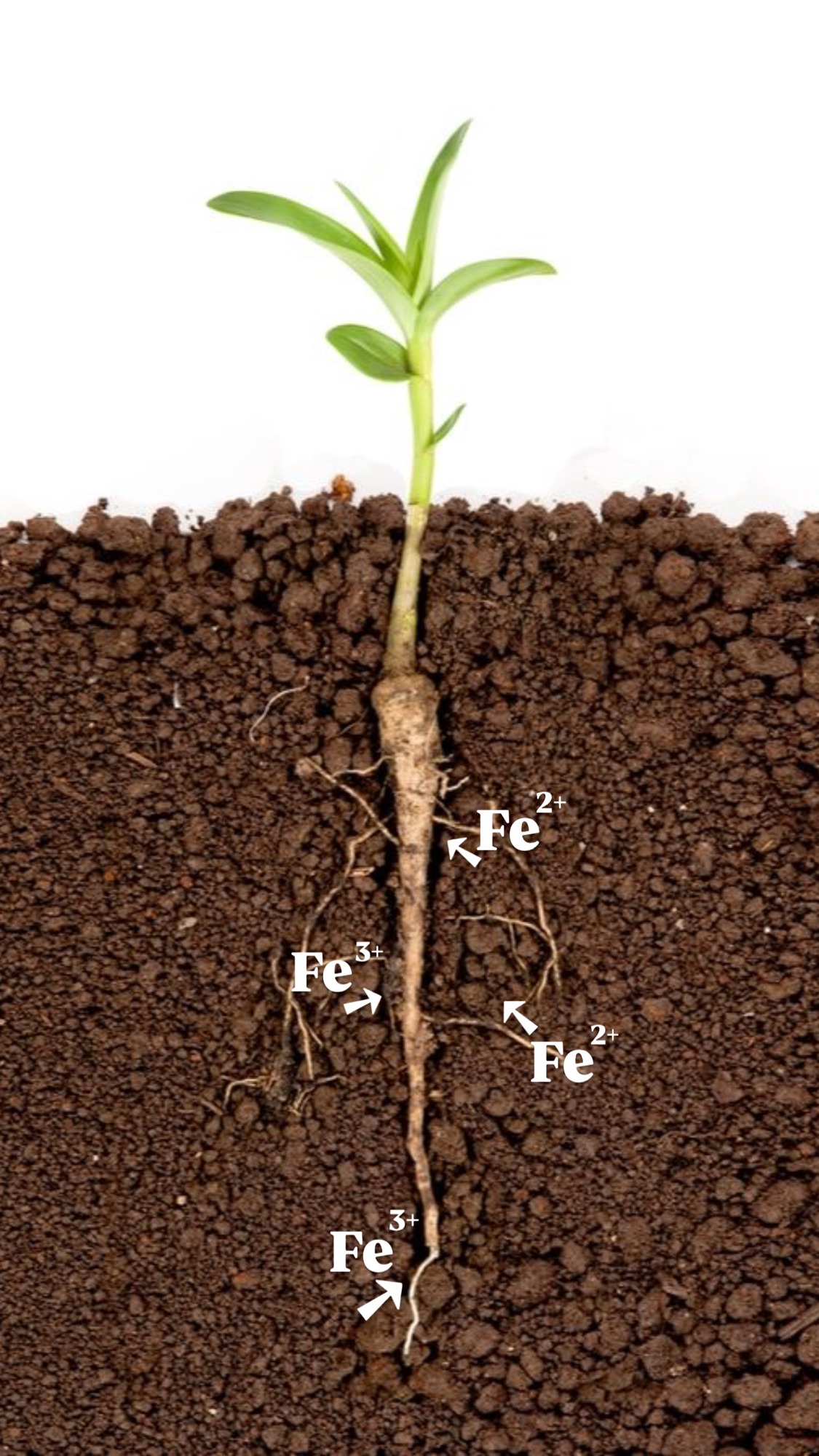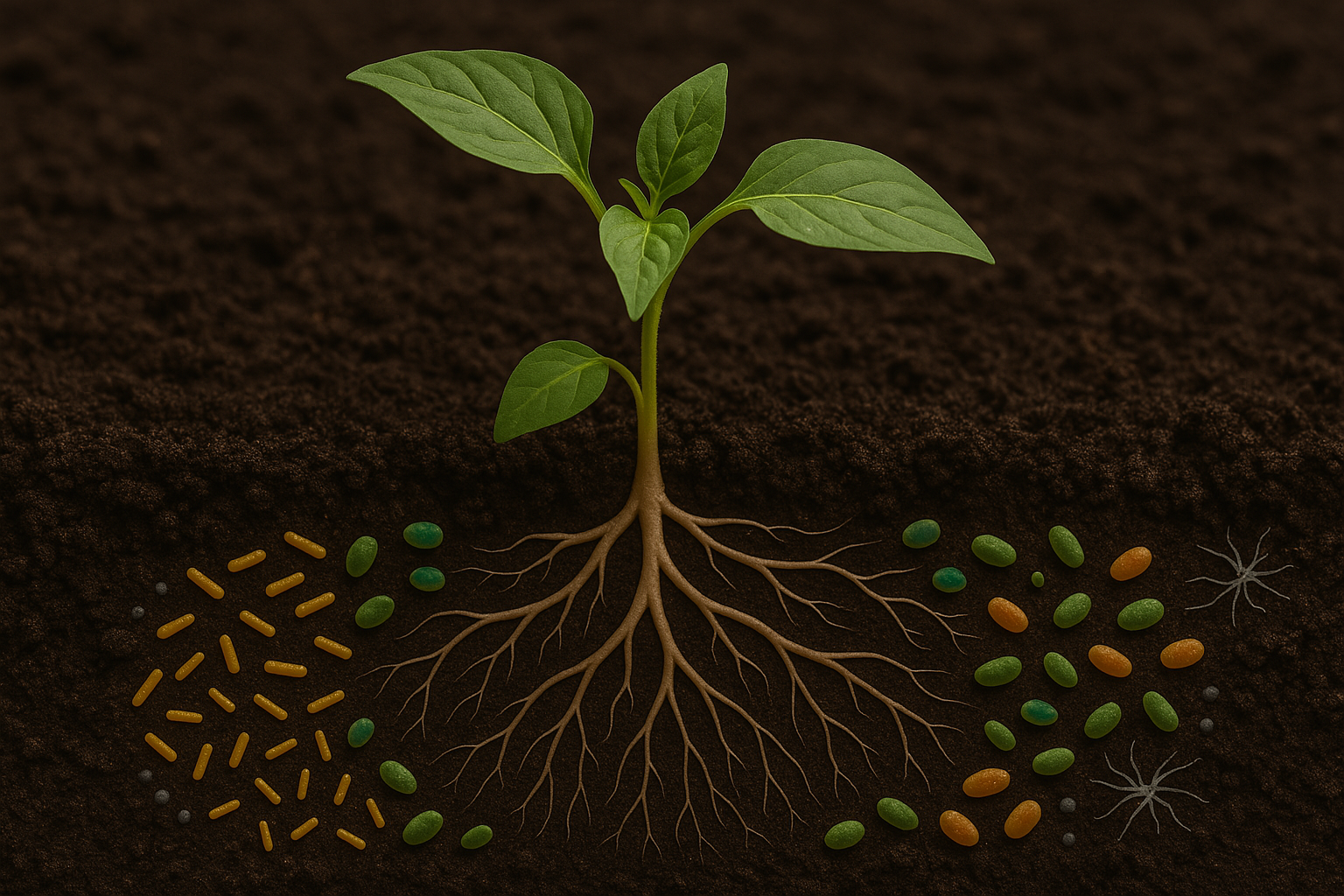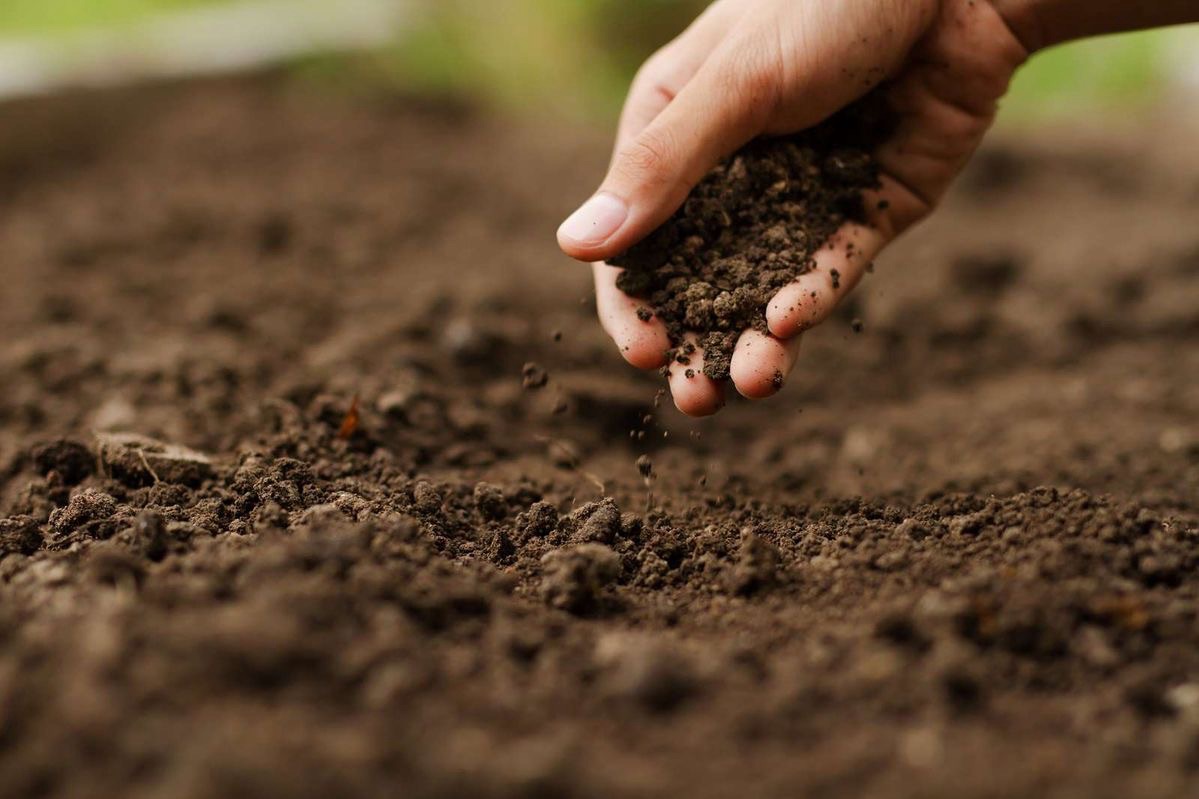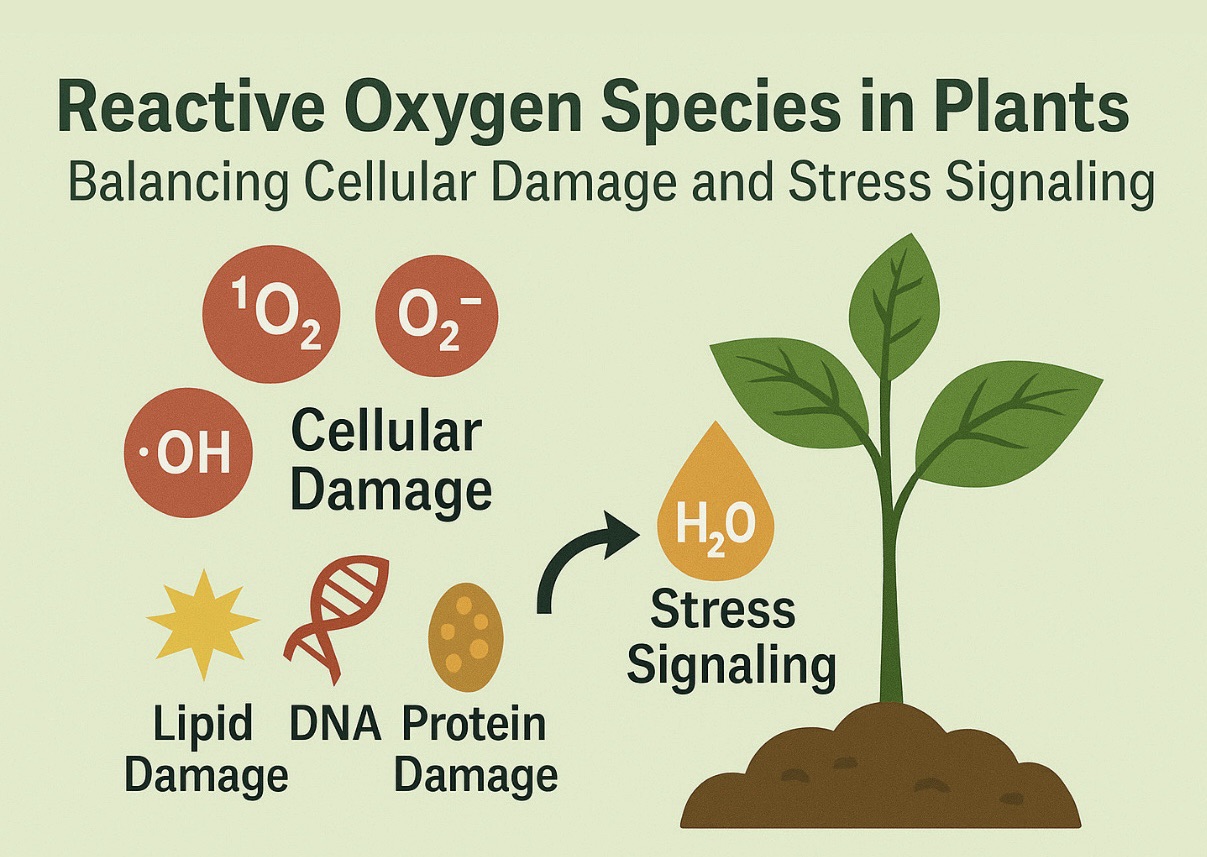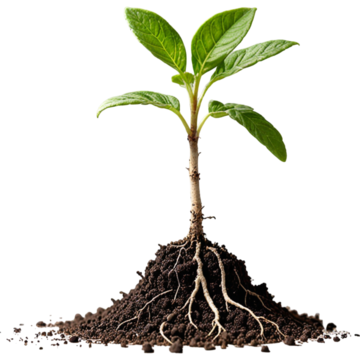Iron (Fe) is an essential micronutrient required for various physiological and biochemical processes in plants, including photosynthesis, respiration, and chlorophyll synthesis. Despite its abundance in the soil, iron is often unavailable to plants due to its poor solubility, especially in calcareous and alkaline soils. Plants have evolved specialized mechanisms to acquire iron efficiently and ensure proper metabolic functioning. These mechanisms are broadly classified into two strategies: Strategy I (used by non-graminaceous dicotyledonous and monocotyledonous plants) and Strategy II (employed by graminaceous monocots).
Strategy I: Reduction-Based Mechanism
Strategy I, also known as the reduction-based strategy, is primarily found in dicots (e.g., Arabidopsis, tomato) and non-graminaceous monocots (e.g., soybean). This mechanism involves three key steps: acidification of the rhizosphere, reduction of ferric iron (Fe³⁺) to ferrous iron (Fe²⁺), and transport of Fe²⁺ into root cells.
To increase iron availability, root cells actively acidify the rhizosphere by releasing protons (H⁺) through the action of H⁺-ATPases, such as AHA (Arabidopsis H⁺-ATPase). This acidification lowers the soil pH, promoting the solubility of iron. Once Fe³⁺ becomes available, it must be reduced to the more soluble Fe²⁺ form. This process is mediated by a plasma membrane-bound ferric chelate reductase enzyme known as FRO2 (Ferric Reduction Oxidase 2), which converts Fe³⁺ to Fe²⁺ at the root surface.
The reduced Fe²⁺ is then transported across the plasma membrane into the root epidermal cells by iron-regulated transporters such as IRT1 (Iron-Regulated Transporter 1). IRT1 plays a crucial role in iron acquisition under deficiency conditions and is tightly regulated at both transcriptional and post-translational levels. Once inside the root cells, iron is either stored in vacuoles or translocated to the shoots via the xylem, where it binds to chelators such as citrate to prevent precipitation.
Strategy II: Chelation-Based Mechanism
Unlike Strategy I plants, graminaceous monocots (e.g., rice, maize, wheat) use a chelation-based iron uptake mechanism known as Strategy II. Instead of reducing Fe³⁺ to Fe²⁺ at the root surface, these plants release phytosiderophores (PS), which are small, high-affinity iron-chelating compounds derived from mugineic acids.
Phytosiderophores are synthesized in response to iron deficiency and secreted into the rhizosphere through specific efflux transporters such as TOM1 (Transporter of Mugineic Acid 1). Once released, these molecules bind Fe³⁺ to form a stable Fe³⁺-PS complex, which remains soluble even in alkaline soils. This complex is then transported back into the root cells through specialized Yellow Stripe-Like (YSL) transporters, particularly YSL2.
Once inside the root cells, iron is either stored or translocated to other parts of the plant via the vascular system. In graminaceous plants like rice, additional transporters such as OsNRAMP (Natural Resistance-Associated Macrophage Protein) and OsIRT1 facilitate iron movement within the plant.
Iron Transport and Homeostasis in Plants
After uptake, iron must be efficiently distributed throughout the plant to meet metabolic demands. Iron is transported in the xylem, primarily in complex forms such as Fe(III)-citrate or Fe(III)-nicotianamine, to prevent precipitation. In leaves, iron is unloaded from the xylem and redistributed to different cellular compartments. Ferritin, a key iron-storage protein, helps sequester excess iron in chloroplasts to prevent oxidative damage.
To maintain iron homeostasis, plants regulate iron uptake through complex signaling pathways. The transcription factor FIT (FER-like Iron Deficiency-Induced Transcription Factor) plays a central role in activating genes involved in iron acquisition, including IRT1 and FRO2. Additionally, hormones such as ethylene and auxins modulate iron uptake in response to deficiency.
Adaptations to Iron Deficiency
Plants have developed several adaptive responses to cope with iron deficiency. In addition to increasing root surface area through enhanced root hair and lateral root formation, plants upregulate genes encoding iron transporters and chelators. Some species, such as rice, employ both Strategy I and Strategy II mechanisms, allowing them to adapt to varying soil conditions.
Furthermore, symbiotic interactions with soil microbes, including mycorrhizal fungi and iron-solubilizing bacteria, enhance iron availability. Certain rhizosphere bacteria produce siderophores that chelate Fe³⁺, making it more accessible for plant uptake.
Conclusion
Iron uptake in plants is a highly regulated and complex process that ensures adequate iron supply despite its limited availability in the soil. The two primary strategies—Strategy I (reduction-based) and Strategy II (chelation-based)—demonstrate the diverse mechanisms plants have evolved to acquire iron efficiently. Understanding these mechanisms is crucial for developing crops with enhanced iron uptake efficiency, particularly in iron-deficient soils, to improve agricultural productivity and nutritional quality.
References
1. Marschner, H. (2012). Marschner’s Mineral Nutrition of Higher Plants (3rd ed.). Academic Press.
2. Kobayashi, T., & Nishizawa, N. K. (2012). Iron uptake, translocation, and regulation in higher plants. Annual Review of Plant Biology, 63, 131–152. https://doi.org/10.1146/annurev-arplant-042811-105522
3. Conte, S. S., & Walker, E. L. (2011). Transporters contributing to iron trafficking in plants. Molecular Plant, 4(3), 464–476. https://doi.org/10.1093/mp/ssr015
4. Brumbarova, T., Bauer, P., & Ivanov, R. (2015). Molecular mechanisms governing iron uptake in plants. Advances in Botanical Research, 74, 19–52. https://doi.org/10.1016/bs.abr.2015.03.001
5. Curie, C., & Briat, J. F. (2003). Iron transport and signaling in plants. Annual Review of Plant Biology, 54, 183–206. https://doi.org/10.1146/annurev.arplant.54.031902.135018
6. Römheld, V., & Marschner, H. (1986). Evidence for a specific uptake system for iron phytosiderophores in roots of grasses. Plant Physiology, 80(1), 175–180. https://doi.org/10.1104/pp.80.1.175
7. Zhang, H., Li, Y., & Yang, Y. (2019). Regulation of iron uptake and translocation in plants: Interactions at the root–soil interface. Environmental and Experimental Botany, 165, 105397. https://doi.org/10.1016/j.envexpbot.2019.105397






